27 Fun Social Wellness Activities to Boost Team Spirit at Work
Did you know? Employees who enjoy strong social connections at work are not only happier, but they're also more engaged and productive. According to Gallup, employees who are conquering at least four elements of well-being (which includes social well-being) are 59% less likely to look for another job.
In this blog, we’ll explore 27 fun social wellness activities and games that can help create a supportive, connected work environment, enhancing both employee health and company culture. Before that, let’s dive into the basics of social wellness.
What is Social Wellness and Why It Matters at Work
Wellness is a multi-faceted concept. It comprises many aspects, and social wellness is one of them. Social wellness is an ongoing process of fostering positive relationships through healthy boundaries, clear communication, and shared experiences.
So, considering social wellness's value, achieving social well-being is a big game changer for both employees and employers. Now, let’s explore how social wellness can transform your workplace.
Employees with intense social well-being bring a positive impact to the workplace. They have the following common skills:
- Better social and communication skills
- Better problem-solving skills
- Better work productivity and performance
These skills contribute to building a nurturing and healthy work environment. Indeed, social wellness and well-being are essential factors for employers to focus on to create a great workplace.
Are you wondering how to help employees achieve social well-being and improve social wellness at work? If so, I am here to help you with that. This blog will dissect fun social wellness activities and games that can help achieve social well-being.
Proven Activities and Games That Improve Social Wellness
Social wellness is all about building strong relationships, effective communication, and a sense of belonging. Here are some engaging activities and games to improve social wellness in workplaces, social groups, or even among friends and family:
17 Top Social Wellness Activities for Employees To Try
1. Offer Mindfulness and Guided Meditation
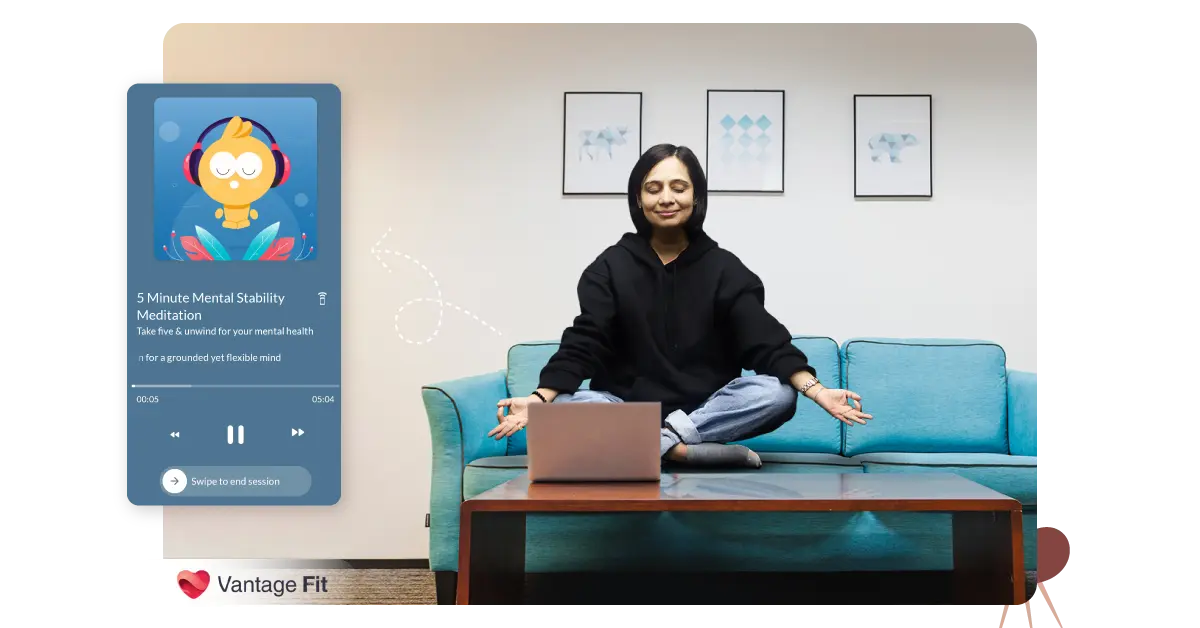
Your employees often deal with a wide range of issues. Without the right tools to address these problems, their quality of work life suffers.
Employees can learn about the right tools by practicing mindfulness and guided meditation at work. Mindfulness is the practice of being aware and accepting of one's circumstances, feelings, and emotions.
As an employer, you should encourage employees to practice mindfulness in the workplace.
Several office meditation techniques are available for employees to practice together. These help them harbor a sense of internal peace and nurture their relationships with their coworkers and superiors.
2. Create Weekly Sharing Circle
Stress can have debilitating effects on the human mind and body. These effects multiply when people have no one to share them with. This is where sharing circles can help.
Sharing circles are safe, judgment-free spaces where people can come together and share their issues and stressors. When your employees have someone to share their problems and fears with, they feel heard and gain new perspectives on addressing challenges.
Thus, having a weekly sharing circle at work will make employees empathetic and kind to each other. These circles act as support systems that improve employees' holistic wellness.
3. Arrange Onsite and Virtual Yoga
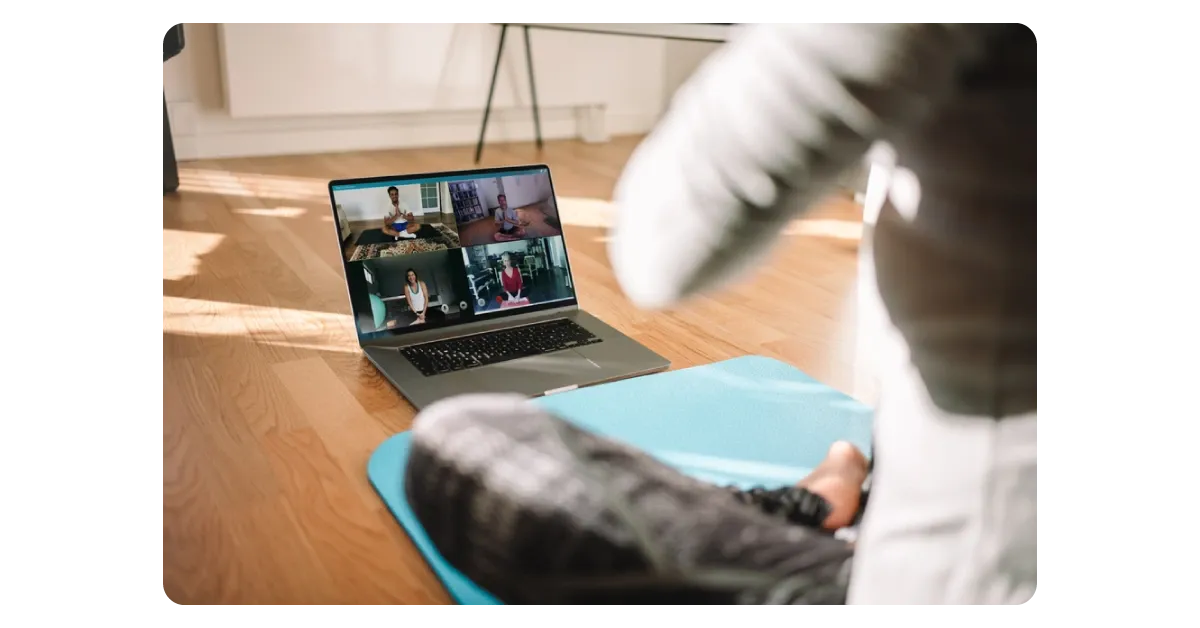
Incorporating yoga in the workplace has many benefits. One of them is the improvement of employees' social well-being.
Workplace yoga relaxes employees' bodies and minds, reducing irritability and aggression. It builds a sense of harmony among employees, resulting in their social connections flourishing. Yoga improves both physical and mental health, thereby increasing employee productivity.
If you have a remote workforce, you can organize virtual yoga sessions for them. The benefits remain the same.
4. Initiate 5K Runs
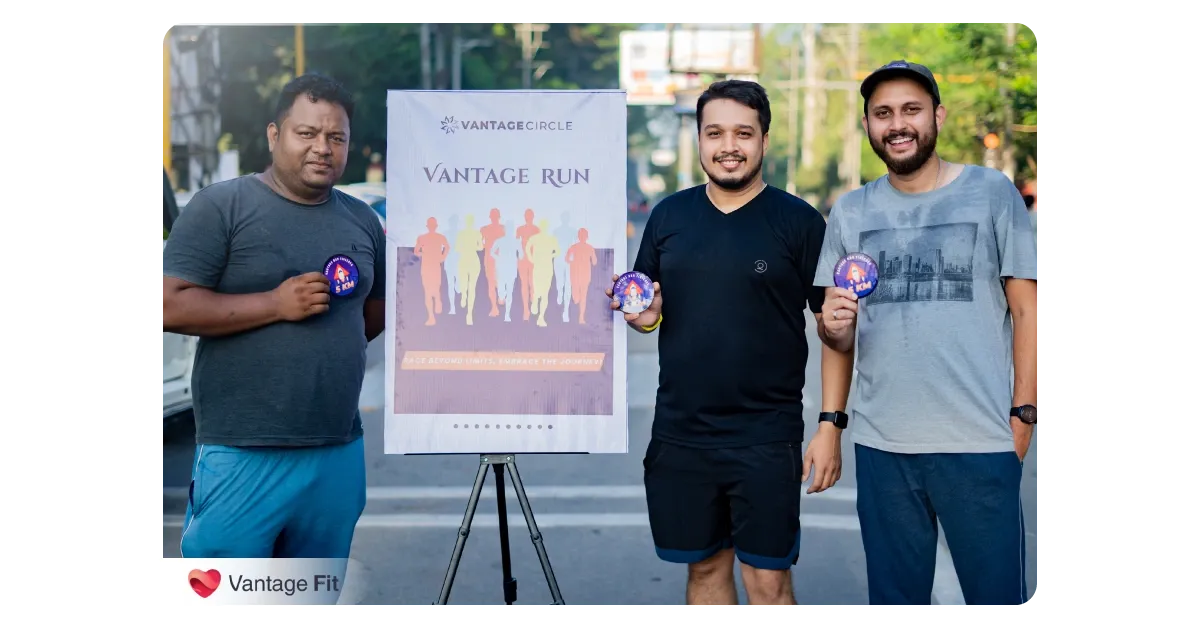
Encourage your employees to participate in 5K runs. These runs can be linked to a cause or a theme. Such events are a fun and meaningful way to build and improve connections with coworkers.
Running has numerous benefits for employee health. Running for a cause that benefits society will also give your employees a sense of satisfaction.
5. Organize Sports Club Idea
Playing sports instills and encourages team spirit and feelings of belongingness. Form a sports club with interested employees. Include sports that employees can play in teams, such as volleyball, basketball, soccer, etc.
It would help if you encouraged employees to join local sports clubs and participate in sports leagues. Go a step further and offer to pay your staff part or the entire joining fees.
Involving your employees in these sports will also prevent them from falling into the traps of a sedentary lifestyle. As a result, you have an active and engaged workforce.
6. Arrange Marathons and Walkathons
Organize marathons and walkathons for your employees. Like 5K runs, these events have many health benefits for your workforce.
These events also instill a sense of healthy competition and camaraderie among employees.
Let's take a real-life example from our organization!
Recently, our organization co-sponsored the Guwahati Marathon. Employees were encouraged to participate in the event, which included several trial runs before D-Day. On the day of the Marathon, 100 plus employees participated and completed different levels of the Marathon—5k, 10k, and 21k.
Post-marathon, participating employees shared motivating posts on LinkedIn on how proud they felt being part of the organization after finishing the event. Here's a snippet of one of my coworkers who shared her proud moment.
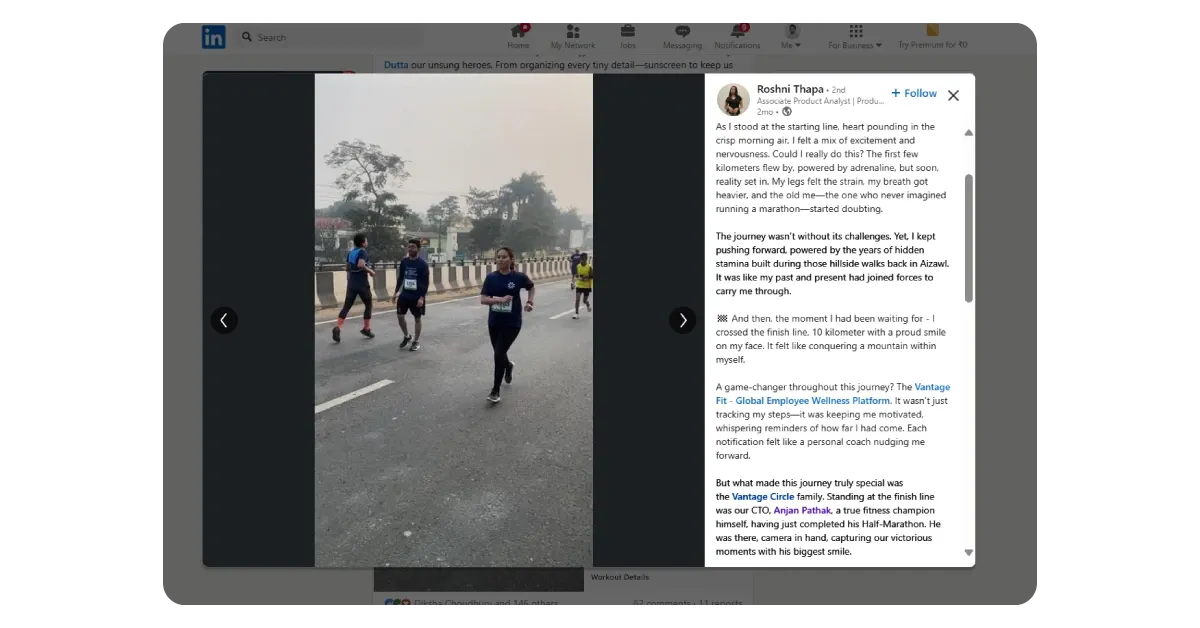
Over 100 employees participated in the Guwahati Marathon, engaging in trial runs leading up to the event. The shared experience fostered camaraderie. After the Marathon, employees shared their sense of accomplishment, reinforcing their connection to the company and the wellness culture.
7. Introduce Shared Laughter Sessions
Workplace stress is an inevitable part of any job. A stressed workforce is not a healthy workforce. According to an American Institute of Stress report, 50% of employees require help managing their stress.
To de-stress your team, consider organizing stress management activities in your workplace. One fun and innovative way is to have shared laughter sessions. Laughter is known to improve people's health and immunity.
You can buy your employees tickets to an online stand-up comedy show. You can also invite an artist to do an online improv sketch exclusively for your remote employees. You can also organize games and activities that lighten your employees' moods.
8. Encourage Walking Meetings

Instead of the usually seated meetings, switch things up a notch and turn your regular meetings into walking meetings. Many studies have pointed to the correlation between walking and a happy and healthy mind.
Walking meetings are a little less formal. This activity allows employees to loosen up and be more confident among their peers and superiors. You can organize walking meetings either indoors or outdoors.
Make a policy to have outdoor walking meetings once every week. The light and breeze from the surroundings will uplift your employees' moods!
9. Introduce Fitness Challenges
Office fitness challenges are another fun social wellness activity for the workplace. These challenges can run from a week to a few months, depending on several factors. A few examples of these fitness challenges include:
- Cycle to Work Challenge
- Nutrition Challenge
- Water Challenge
- New Day, New Workout Challenge
- Take the Stairs Challenge
- The 7-Minute Workout Challenge
These fitness challenges can easily be incorporated into your corporate wellness program. Employees can participate in teams or indulge in healthy competition.
10. Celebrate Work Anniversaries
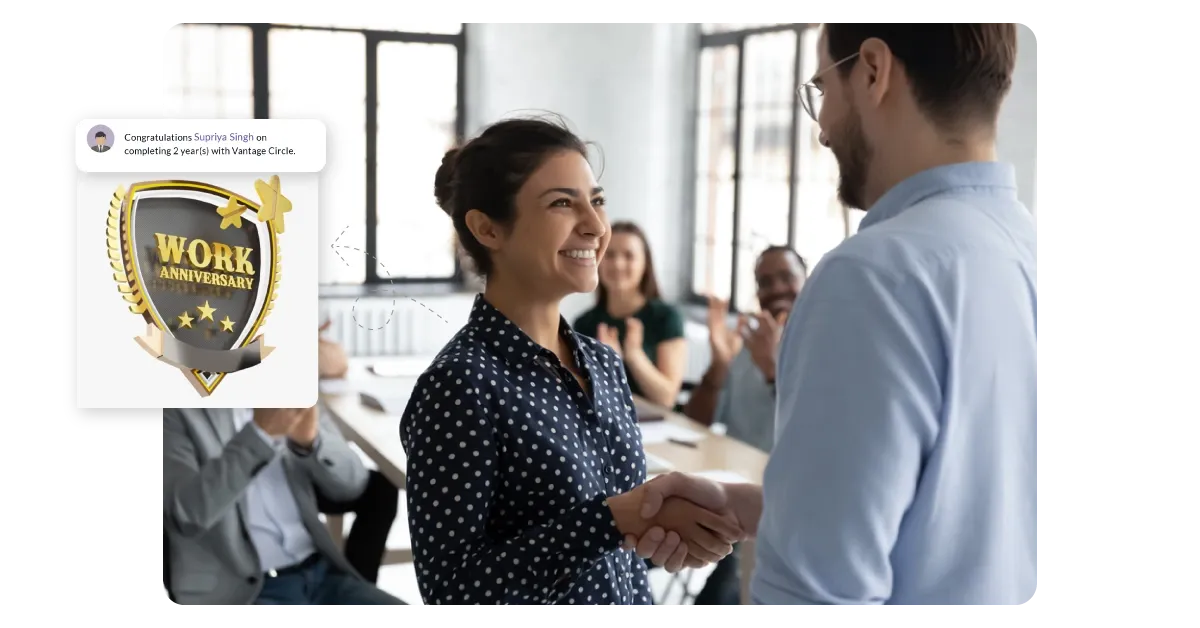
Your employees are your organization's most prized assets. What better way to let them know this than by celebrating employee work anniversaries?
This is the best time to let employees know that they are valued. Send a team-wide email to remind them of their peers' work anniversaries. Additionally, work leaders can send them a handwritten note or email thanking them for their service.
Doing so will boost employee morale and increase their faith in the company.
11. Organize Themed Dress Up Days
Some days can be just about fun.
Organize a dress-up day with your employees. These are much more fun with a theme. For instance, ask them to dress up in something green for Earth Day or like a favorite book or movie character!
The ideas are limitless here!
12. Set up a Games Room

This is more of an idea than an activity that will help you boost employees' social wellness. Have a dedicated games room in the workplace. Such a space is helpful to employees when they need to de-stress and take work breaks. It will also allow your employees to converse and bond with each other.
13. Give Company Retreats
Plan and fund a company retreat once the pandemic dies down. Going on a trip together is a great way to improve relations with coworkers. You and your employees will get to know each other beyond your work roles. Thus, there's a better chance of understanding each other and improving your social networking.
14. Acknowledge Peers

Encourage your employees to acknowledge and recognize each other's efforts. This will create a healthy work environment and improve workplace culture.
With Vantage Circle, employees can recognize each others' efforts on a public feed. They can also present each other with spot rewards for their determination, enthusiasm, and hard work. Such validation boosts employee morale, makes them feel valued, and improves their social wellness.
15. Forming a Book Club
Book clubs are an innovative way of forming strong employee relations at work.
Encourage employees to form reading clubs to share reading recommendations and feedback. Such groups formed over shared interests will lead to healthy relationships.
16. Organize Team Lunches
There's hardly any bonding, like bonding over food and shared meals. Team lunches and potlucks are a great way to unwind and celebrate company milestones.
You can also organize lunch-and-learn sessions with your employees. Encourage discussion on any interesting topic or brainstorm ideas with peers. Ensure that every employee is comfortable sharing their views and opinions.
17. Incentivize Healthy Activities
Recognizing and incentivizing employees to participate in any of these social wellness activities is crucial. Doing so will give your employees a much-needed dose of external motivation.
A corporate wellness solutions platform like Vantage Fit is ideal in such cases. With Vantage Fit, you can acknowledge and incentivize every big and small effort your employees make toward wellness. Moreover, the real-time leaderboard motivates employees to improve their activity levels.
10 Engaging Team Building Games to Improve Social Wellness
They are effective ways to build a culture of teamwork in the workplace. When employees come together and work in sync, it improves their communication. They have increased trust and confidence in each other, thus improving their social wellness.
Here are a few examples of team-building games that you can introduce at the workplace:
1. Impromptu Contests
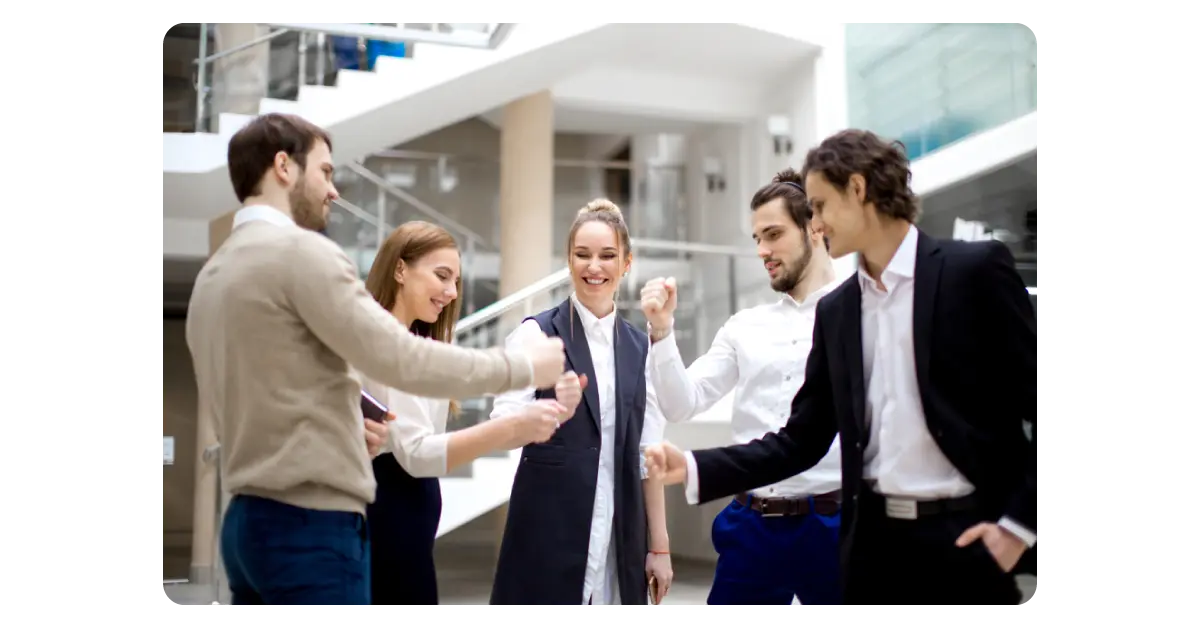
Apart from fitness challenges, you can also organize impromptu contests in the workplace. These will help break the ice between employees on difficult days.
Contests can be anything from "who can hold a plank for the longest" to "who can perfect a yoga pose in the least time."
2. Blind Stick

What is this game about?
One team member has to wear a blindfold, and another teammate guides them to complete a task or navigate an obstacle using only verbal instruction.
How does it benefit social wellness?
-
Improves trust between colleagues.
-
Enhances verbal communication skills.
-
Encourages active listening and teamwork.
-
Serves as an ice breaker among coworkers and builds stronger interpersonal relationships.
How to Play:
-
Take an open space within the office premises (use cones, chairs, or tape to mark the path).
-
The blindfolded player has to retrieve objects that will be placed throughout the marked path. Small objects like water bottles, markers, notebooks, or office stationery can be used.
-
Pair up employees. One person in each pair is blindfolded. The other team member acts as the guide. They can only use verbal cues to help their partner navigate the course.
-
The guide cannot touch the blindfolded player.
-
Set a time limit within which the pair must complete the task. The pair that finishes the task in the minimum amount of time wins.
-
After completing one round, get the pairs to switch roles. This way, everyone experiences being the guide and the blindfolded participant.
3. Scavenger Hunt
What is this game about?
In a scavenger hunt, participants work together to solve riddles and find specific objects within a time limit.
How does it benefit social wellness?
-
Promotes team bonding and collaboration.
-
Enhances problem-solving skills and strategic thinking.
-
Encourages communication and creativity.
-
Boosts engagement and reduces workplace stress.
How to Play:
-
Decide on the theme. It can be office-based, such as finding items around the workplace, an outdoor adventure that involves trailing through the park or city, or virtual for remote teams.
-
Make a list of items for the participants to scavenge. Items can include physical objects such as a stapler, a red pen, or a coffee mug. Create clue-based puzzles or riddles that will lead the participants from one scavenging point to another.
-
To make the hunt more engaging, you can attach fun challenges (e.g., take a selfie with a specific landmark that is part of the scavenger hunt trail or recreate a famous pose).
4. Frostbite

What is this game about?
In Frostbite, teams must build a shelter to "survive" a simulated arctic storm.
How does it benefit social wellness?
-
Enhances teamwork and leadership skills.
-
Stimulates problem-solving skills under pressure.
-
Boosts adaptability and creativity.
How to Play:
There should be at least 10 to 20 participants. To get started, make 2 to 4 teams, each with 4 to 6 players.
-
The primary task is for each team to build a tent or structure using limited materials such as cardboard, sticks, tape, and paper.
-
Each team will have one member (the "injured explorer") who cannot move their hands, so the other teammates must assist them.
-
Each team will also have one facilitator who simulates the snowstorm. You can use a fan to blow paper bits to mimic a snowstorm.
-
The first team to complete a stable shelter will win!
5. Tied Together
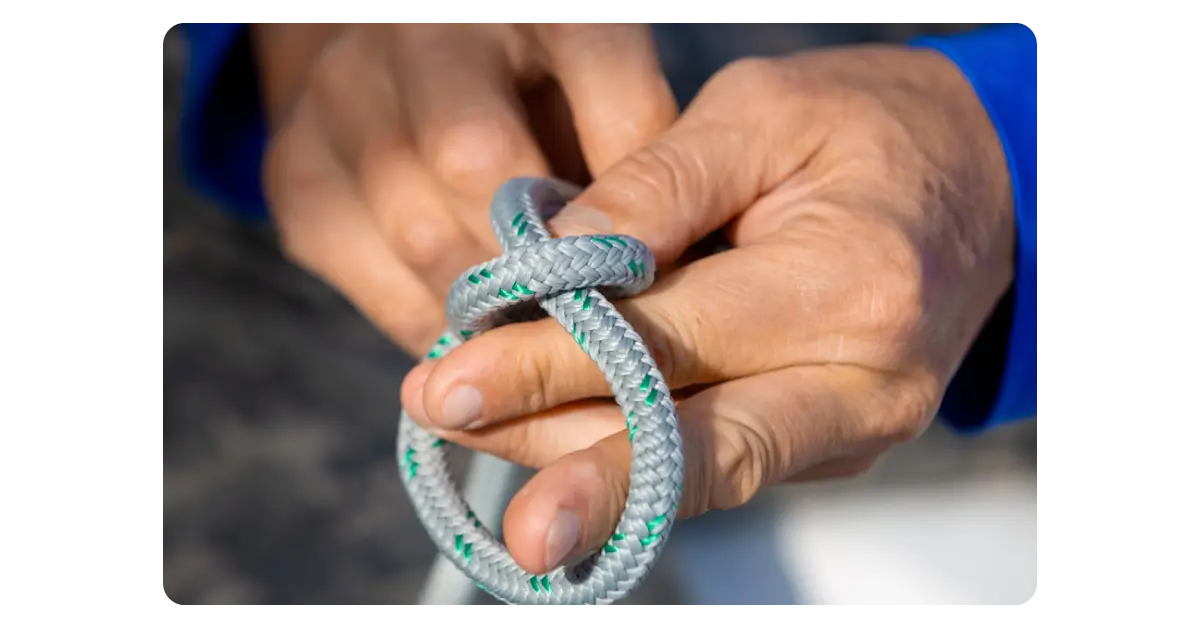
What is this game about?
In this game, players in each team are tied together at their hands and must complete the given tasks.
How does it benefit social wellness?
-
Strengthens communication and trust.
-
Encourages problem-solving skills and team spirit.
-
Enhances patience and adaptability.
-
Tests collaborative nature and coordination level.
How to Play:
-
Form teams of 3-5 players and tie their wrists together. Tie the players in a team with a ribbon or any other clothing fabric.
-
Assign each team with a challenge. Challenges include walking to a designated spot, drawing a picture, or making a sandwich.
-
The first team to complete all tasks wins.
6. What's My Name
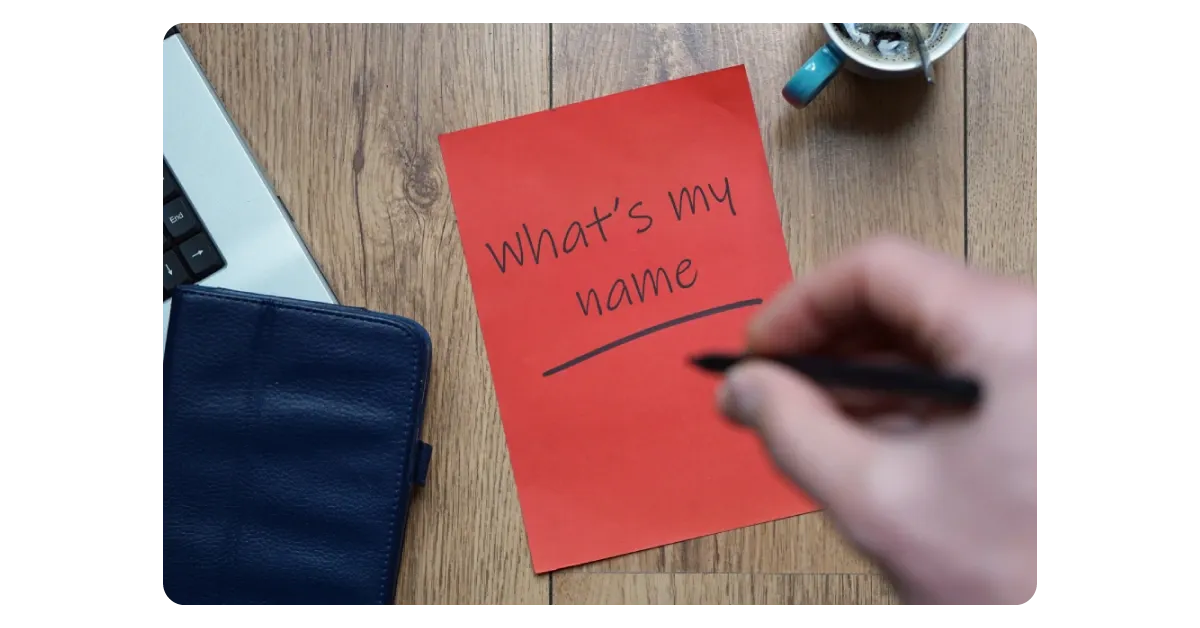
What is this game about?
This is a great icebreaker game where players wear a name tag with a famous person's name (or fictional character). Players have to guess who they are based on clues from teammates.
How does it benefit social wellness?
-
Increases team interaction and social bonding.
-
Improves communication skills.
-
Breaks the gaps between new and old team members.
How to Play:
-
Write down the names of celebrities, historical figures, or fictional characters on sticky notes.
-
Stick a note on each player's forehead. Ensure they do not see the name.
-
Every player will take turns guessing their name. They can ask their teammates only yes or no questions to get the answer. Each player receives 10 questions to ask.
-
The first team to guess all their names correctly wins!
7. Birthday Line Up

What is this game about?
Birthday line-up is a nonverbal communication social wellness game in which players arrange themselves in a line based on their birthdays but without speaking.
How does it benefit social wellness?
-
Improves teamwork through nonverbal cues.
-
Encourages active listening and problem-solving skills.
-
Instills a fun and inclusive group dynamic.
How to Play:
All the players must stand in one line but in an order from January to December.
The players are not allowed to speak while taking their position in the order. They can use nonverbal cues like gestures, hand signals, or writing.
8. Mystery Dinner

What is this game about?
Mystery Dinner is a social bonding game where players are randomly assigned to a mystery dining location.
How does it benefit social wellness?
-
Encourages networking across departments.
-
Breaks the mundane work routine and enhances workplace camaraderie.
-
Makes socializing after work fun and engaging.
How to Organize:
-
The game organizer randomly assigns participating employees into small dinner groups (5-8 people).
-
The dinner location is a mystery until the last minute. The location can be any restaurant or even a coworker's residence.
-
The assigned groups must then interact and get to know each other over a meal at the location.
9. Human Bingo
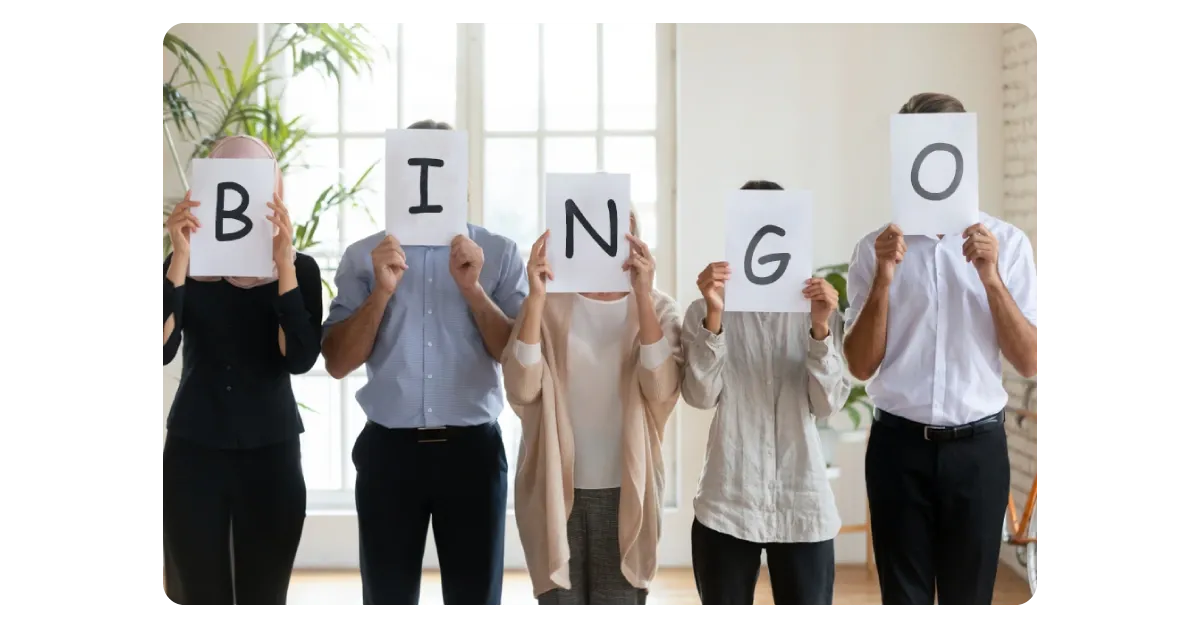
What is this game about?
In human bingo, players must identify their coworkers based on the clues given on their cards.
How does it benefit social wellness?
-
Instills an engaging and vibrant atmosphere at work.
-
Coworkers get to know each other.
How to play?
-
Create bingo cards with clues filled with the participating employees' traits and information, such as "has two dogs" and "always craving coffee." Like regular bingo, every clue card has to be unique, and no two or more cards can have the same clue pattern.
-
After the players receive their cards, they must spread out and interact with one another to retrieve information and strike the clues accordingly.
-
The winning rules remain the same as the original bingo. For instance, the first to mark five in a row (or an entire card) wins!
10. Office Quiz

What is this about?
Office quizzes are fun and informative at the same time!
How does it benefit social wellness?
-
Encourages team bonding.
-
Improves communication skills.
-
Creates a fun & inclusive workplace culture.
-
Enhances employee engagement.
How to play:
-
Choose themes involving general knowledge, company trivia, pop culture, or fun facts about employees.
-
Group employees to form small teams. Each team can have 4 to 6 participants. Encourage cross-department collaboration for better social mixing.
-
The team that answers the most questions gets rewarded, and everybody learns something about their organization!
Wrapping Up
Social wellness is integral to creating a thriving workplace. Coworker relationships can shift over time; organizations play a critical role in fostering positive peer dynamics.
Integrating activities and games that promote bonding, trust, and collaboration can create an environment where employees feel connected and supported. This, in turn, leads to better productivity, higher morale, and more cohesion.
Let these activities inspire your journey toward a more connected, caring workplace.
Ready to build a wellness program that nurtures social well-being? Our experts at Vantage Fit can help you create one that fits your culture perfectly.
Frequently Asked Questions
1. How can physical activity improve social wellness?
Participating in physical activities involves collaborating with fellow participants brings a feeling of belongingness and promotes social sense.
2. What are some good wellness activities?
Since wellness needs differ from person to person, there's no one-size-fits-all list of 'best' activities. This is why wellness platforms develop multiple employee wellness program ideas for various requirements.
3. What is an example of a SMART goal for social wellness?
Some examples of SMART social wellness goals:
-
To strengthen my workplace relationships, I will schedule and participate in at least one team lunch that the company sponsors yearly.
-
To strengthen my relationships with my coworkers, I will participate in one company-sponsored volunteer activity per quarter of a year.
4. What social activities help mental health?
Engaging in social wellness activities triggers the release of endorphins, which ultimately helps boost the mental health state.
5. What are some mental wellness activities that improve social wellness?
Some mental wellness games and activities that employers can introduce to improve social wellness:
- Mood forecasting
- 5-minute doodle relay
- Silent disco brainstorm
- Two Truths and a Work Lie

